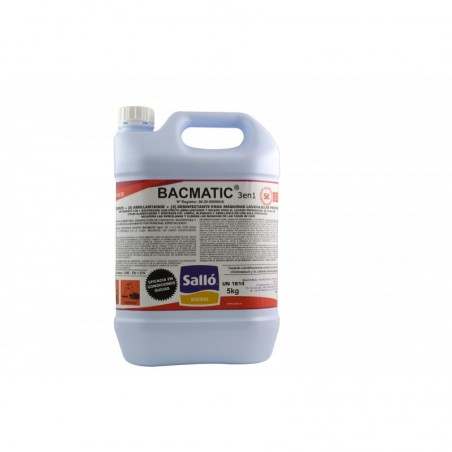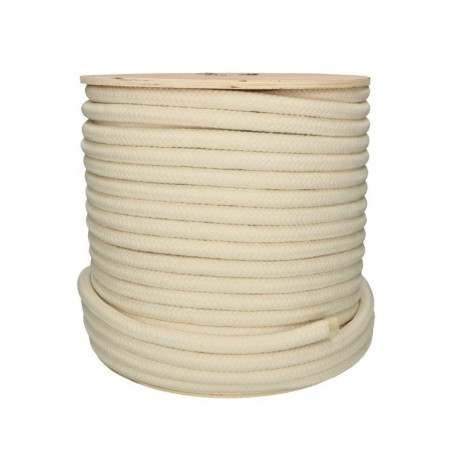Livestock production is not evenly spread across EU countries and regions, and farms tend to specialise in one species or stage of production. In addition, there is a trend towards fewer, but larger farms and slaughterhouses. Against this backdrop, farmers and meat producers aim to minimise production and slaughter costs, maximise revenues, and optimise economies of scale by exploiting cost differences between member states. These factors incentivise the transport of animals, particularly when transport costs account for a small fraction of the retail meat price.
“Transporting live animals over long distances can have harmful consequences on their welfare”, said Eva Lindström, the ECA member in charge of the review. “EU animal transport legislation is not evenly enforced by member states, and there is a risk that transporters could exploit loopholes that derive from the different national sanctions systems.”

There is a risk that transporters may choose a longer route to avoid passing through countries with tighter enforcement of EU rules and tougher sanctions. Breaking rules may also financially benefit producers, for instance when it comes to the transport of unfit animals, as the countries generally do not impose dissuasive penalties.
In the review, the auditors stress that negative impact of transport on animal welfare could be mitigated by reducing the number and length of journeys and improving conditions for animals during transport. However, they also point out some alternatives to live animal transport. In some cases, bringing slaughter closer to the production site could present a solution: using local and mobile slaughterhouses would remove the need for some animal transport, and would be more eco-friendly. Consumers also play an important part in driving change: a survey shows that some are willing to pay more for meat, but only if they are informed about good animal welfare.
The auditors say that providing consumers with better information would help them make informed purchase choices. This could be done through an EU animal welfare labelling system, which would bring more transparency and harmonise meat labelling across the bloc. Ultimately, the new rules could be an opportunity to promote structural changes in moving towards a more sustainable food supply. This would mean incentives being provided to producers and consumers to encourage sustainable behaviour. EU policy- makers could consider pricing animal suffering into transport costs and meat prices.
Data on the transport of live animals in the EU is fragmented, and the European Commission does not have a full and centralised overview. The auditors say that IT and technological advances could be better harnessed in this area. For example, an EU-level IT system to track all journeys of live animals could help to centralise data, and cameras and sensors could track animal movements and measure animal welfare
ECA review 03/2023 “Transport of live animals in the EU: challenges and opportunities,” is available on the
ECA website eca.europa.eu.
April 17, 2023/Court of Auditors / European Union.
https://www.eca.europa.eu













